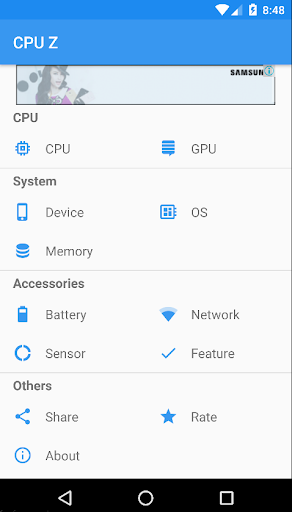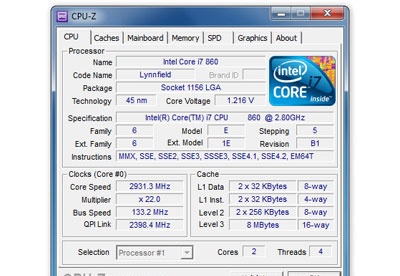

Python 3.8 or greater is generally installed by default on any of our supported Linux distributions, which meets our recommendation. The specific examples shown were run on an Ubuntu 18.04 machine. An example difference is that your distribution may support yum instead of apt. The install instructions here will generally apply to all supported Linux distributions.

PyTorch is supported on Linux distributions that use glibc >= v2.17, which include the following: Prerequisites Supported Linux Distributions It is recommended, but not required, that your Linux system has an NVIDIA or AMD GPU in order to harness the full power of PyTorch’s CUDA support or ROCm support. Depending on your system and compute requirements, your experience with PyTorch on Linux may vary in terms of processing time. You can then use this information to select your manufacturer, family, and model from the RamCity Upgrade Finder on our Home Page.PyTorch can be installed and used on various Linux distributions.

Below is an example from a Dell (Manufacturer) Vostro (Family) 1520 (Model) laptop. This will likely contain the specific brand and model of your desktop or laptop. Open the newly created cpuz.htm file and it will load in your browser.Choose any location to save the cpuz.htm file, then click Save.Under Tools, click the Save Report (.HTML) button.After the program loads, click the About tab on the top right hand corner.Dell, HP, Acer, SONY, ASUS, Toshiba, etc) You can use this information to select your brand and model from the RamCity Upgrade Finder on our Home Page. Note the Manufacturer and Model Number.Below is an example from a machine with a Gigabyte brand motherboard: After the program loads, click the Mainboard tab.Identifying your motherboard (for non-branded or custom-built computers) If you have a custom built computer, or simply aren't sure, then start at Identifying your motherboard to quickly identify your computer motherboard brand and model. If you have a specific brand of computer, such as Dell, HP, Acer, Toshiba, SONY, ASUS, etc then skip to Identifying a branded computer further down.Wait for the program window to load (takes up to 30 seconds).Run the setup executable file, and let it guide you for the installation process.Download CPU-Z v1.89 from our website (1.9MB).If you want identify the model identifier for your Apple Mac system, see this article. To identify more details of a system running Windows® software, you can run a program on the machine you wish to identify called CPU-Z.


 0 kommentar(er)
0 kommentar(er)
